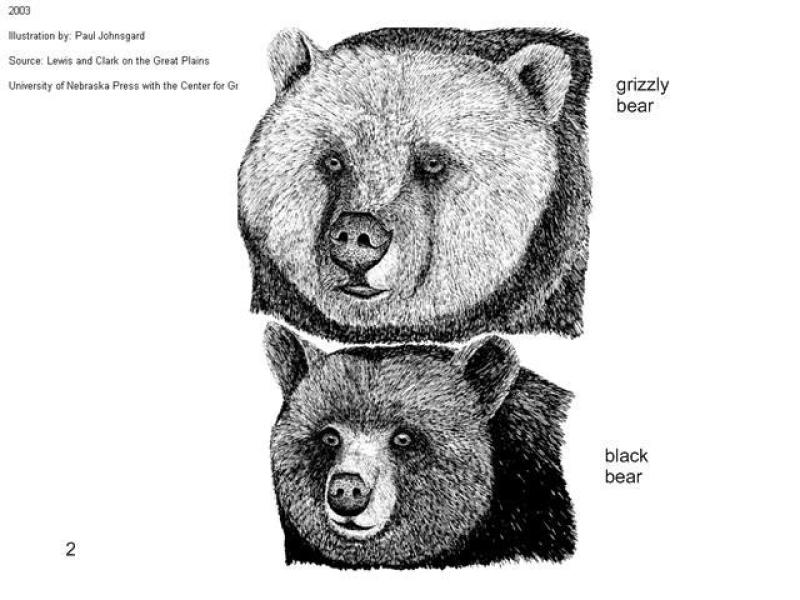Lesson Plan

Grade:
2nd
Duration of Lesson:
1 (45 minute) introduction day
2 research days
2 days for spiral questions
1 day for student presentation
2nd grade Social Studies Benchmarks and Indicators:
History: compare daily life in the past and present demonstrating an understanding that while basic human needs remain the same, they are met in different ways in different times and places.
History: Daily Life
Use historical artifacts, photographs, biographies, maps, diaries and folklore to answer questions about daily life in the past.
Social Studies Skills and Methods:
Obtain information from oral visual, print and electronic sources.
Communicate information orally, visually or in writing.
Identify sources used to gather information: people, printed materials, electronic sources
Writing Strand:
Write informative texts in which they introduce a topic, use facts and definitions to develop points and provide a concluding statement.
Participate in shared research and writing projects.
Recall information from experiences or gather information from provided sources to answer a question.
Primary Sources:
Entries from the Journals of Lewis and Clark, found at The Journals of the Lewis and Clark Expedition, University of Nebraska.
Secondary Source:
Paul Johnsgard’s animal illustrations from Lewis and Clark on the Great Plains
Summary of the Lessons
Lesson 1
1. Background lesson on the Lewis and Clark expedition.
2. Students will view the
3. Students will match Paul Johnsgard’s animal illustrations from Lewis and Clark on the Great Plains with descriptions of the same animals from the journals.
Lesson 2
Students will research the animal they matched using the internet (National Geographic) and other resource books filling in a fact web.
Lesson 3
Students will use the information from their web and research to complete a spiral question worksheet.
Lesson 4
Students will present their findings to the class.
Description of the instructional steps to implement the lesson:
Lesson 1
Give background information on the Lewis and Clark expedition, including the map of the route used. (Students will have read Lewis and Clark and the Prairie Dog in reading class.)
Examine a journal entry from the website and discuss the importance of documenting their discoveries.
Post
Students choose a journal entry from Paul Johnsgard's illustrations.
Students read the journal entry and then match it with the illustration.
Coming back together as a class show students the correct matches.
Lesson 2
Pass out to students.
Model placing information on the web (size, weight, coloring, habitat and interesting fact)
Students use reference resources including the internet to find information about their animal. National Geographic's website is a great place to start.
Students fill in the web with the information they discover.
Lesson 3
1. Model answering the questions on the . Review with the students answering questions with complete sentences (TQA)
2. Students complete spiral question worksheet using information from their web, other reference materials and prior knowledge.
Lesson 4
Students will present their web and their spiral questions worksheet to the class using the projector.
Post Assessment and Rubric:
See rubrics.
Material needed by teachers:
Lewis and Clark lesson
Paul Johnsgard illustration and Lewis and Clark journal entry cards.
Materials needed by students:
Computers for internet use
Reference books
Web graphic organizer
Spiral questions
